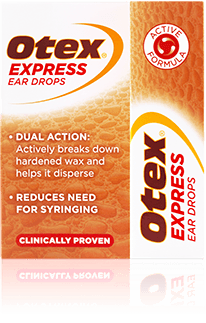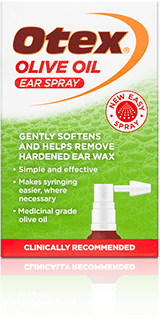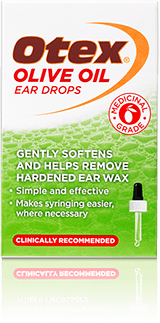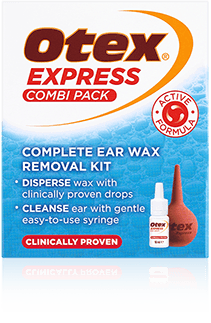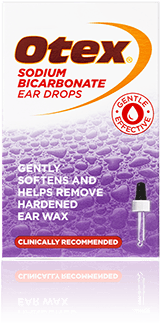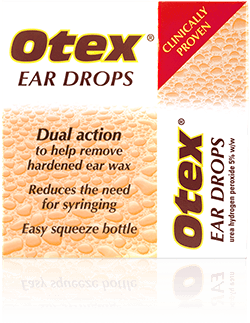It’s true - ear wax is good for you
Generally, people think of ear wax as a nuisance and something that needs to be cleaned out. However, your body produces ear wax for good reason. Like a lot of things your body does to keep you healthy, ear wax plays an important role in your immune system. In fact, ear wax only becomes a problem if it builds up and blocks the ears. It’s a good idea to deep dive into the role of ear wax to understand its purpose a little more.
What is ear wax?
Specific glands in the outer ear canal create a sticky, waxy substance out of dead cells and oils from the skin – known as cerumen, or ear wax. It can come in a spectrum of colours. You can tell a lot about ear wax by the colour: healthy ears tend to have yellow or orange ear wax, and dark brown or black ear wax can reflect older age or a build-up of dirt.
Why is it good?
Your ears are extremely delicate, with lots of intricate parts and workings that need to be protected. Ear wax keeps the ear canal moist and protects the skin. It also effectively traps any dust, dirt or debris which gets inside your ear, and slowly moves out of the ear to clear the canal. It either falls from the ear opening or is washed away when you shower. This helps avoid any infection from bacteria and keeps your hearing loud and clear.
Humans continuously produce ear wax, meaning your ears usually have enough wax to keep them clean and healthy.
What happens if it builds up?
Ear wax only becomes a problem if your body produces too much, or can’t clear it from the ear canal properly. This can cause the wax to build up within the ear, where it can harden and impact. When this happens, you may feel your hearing is dulled, your ears might feel full and blocked, and you could experience dizziness.
Other symptoms which could indicate a more serious problem include pain, itchiness, redness, discharge or tinnitus. This could be a sign of infection or ear damage and requires advice from a medical professional. Reach out to a doctor if you’re experiencing any of these symptoms.
What should you do if you suspect ear wax build up?
If your symptoms point to ear wax build up, try using a product from the Otex range of ear wax treatments. The NHS recommends olive oil as a natural solution to problem ear wax, and Otex Olive Oil is made with medical grade olive oil to effectively soften hardened wax. Otex Express can provide quicker results, with urea hydrogen peroxide to break down hardened wax in as little as 3-4 days.
You must avoid using ear candles, cotton buds and ear wax removal camera kits (often comprising of a camera and ear wax removal tools) on yourself. These methods are risky and could worsen your symptoms and even damage your delicate ears.
If you have tried over the counter ear drops, and you’re still experiencing symptoms after the recommended usage time, speak to a GP for further advice and guidance. They may recommend professional procedures such as microsuction. An audiologist will suck away impacted wax with a tool much like a tiny vacuum cleaner. This procedure can be done on the NHS or through private care.
Sources:
Browse the Otex range
Find the right product for you.
